Growing Clematis - Tips For Care Of Clematis
Clematis is a long, vining plant that thrives in full sun, as long as its roots are kept cool and moist.

Clematis vines are among the most popular and attractive flowers in the garden. These plants include woody, deciduous vines as well as herbaceous and evergreen varieties.
They also vary greatly among species, with different flowering forms, colors, and blooming seasons, though most bloom sometime between early spring and fall.
While growing clematis successfully depends on the type chosen, most plants share the same basic requirements. Keep reading to learn more about clematis care.
Quick Facts About Clematis Flowers
- Botanical name - Clematis spp.
- Height - 3-12 ft. (0.9-3.6 m)
- Spread - 3-20 ft. (0.9-6 m)
- Sun exposure - Full Sun
- Soil requirements - Neutral
- Hardiness zones - USDA Zones 4-9
- When to plant - Spring, Fall
How to Grow Clematis

There are approximately 300 species of plant in the Clematis genus. Though only a small number of these clematis vines are used in the home landscape, understanding how to grow these beautiful flowers can be confusing. Fortunately, caring for clematis is relatively simple, once growers have a better understanding of each type of plant within their garden.
Sun
Clematis have long been said to prefer their “heads in the sun” and “feet in the shade.” To grow their best, most vines will need at least six hours of sunlight each day. Though some species may prove to be more adaptable than others, making certain that plants receive the proper amount of sunlight will be essential to the production of flowers.
Despite their tolerance for heat, clematis vines may require afternoon shade when grown in warmer regions. In addition to helping to maintain soil moisture, the application of mulch may be especially useful in keeping the plant’s root system cool throughout the summer.
Another easy way to accomplish this is by planting some type of ground cover or shallow-rooted perennial plants around the base of the plants, shielding the roots from the sun.
Gardening tips, videos, info and more delivered right to your inbox!
Sign up for the Gardening Know How newsletter today and receive a free copy of our e-book "How to Grow Delicious Tomatoes".
Water
At planting, clematis should be watered well. Consistent moisture levels will be essential to the development of a healthy, robust root system. Once established, clematis flowers will require at least 1 inch (2.5 cm) of water each week. Keeping a rain gauge in the garden can help to monitor moisture levels in flower beds. While many growers will receive ample rainfall, supplemental irrigation may be required in especially warm regions, or during extended periods of drought.
Soil
Clematis vines prefer well-drained soil that is kept consistently moist. The ideal soil is ever so slightly acidic, with a pH of 6.5 - 7.0.
Fertilizer
Clematis will benefit from the application of a well-balanced fertilizer at planting time. In most instances, the vines will not require additional fertilization. Still, many gardeners may choose to feed their plants annually. This is usually done early in the spring, before the formation of flower buds.
Trellising
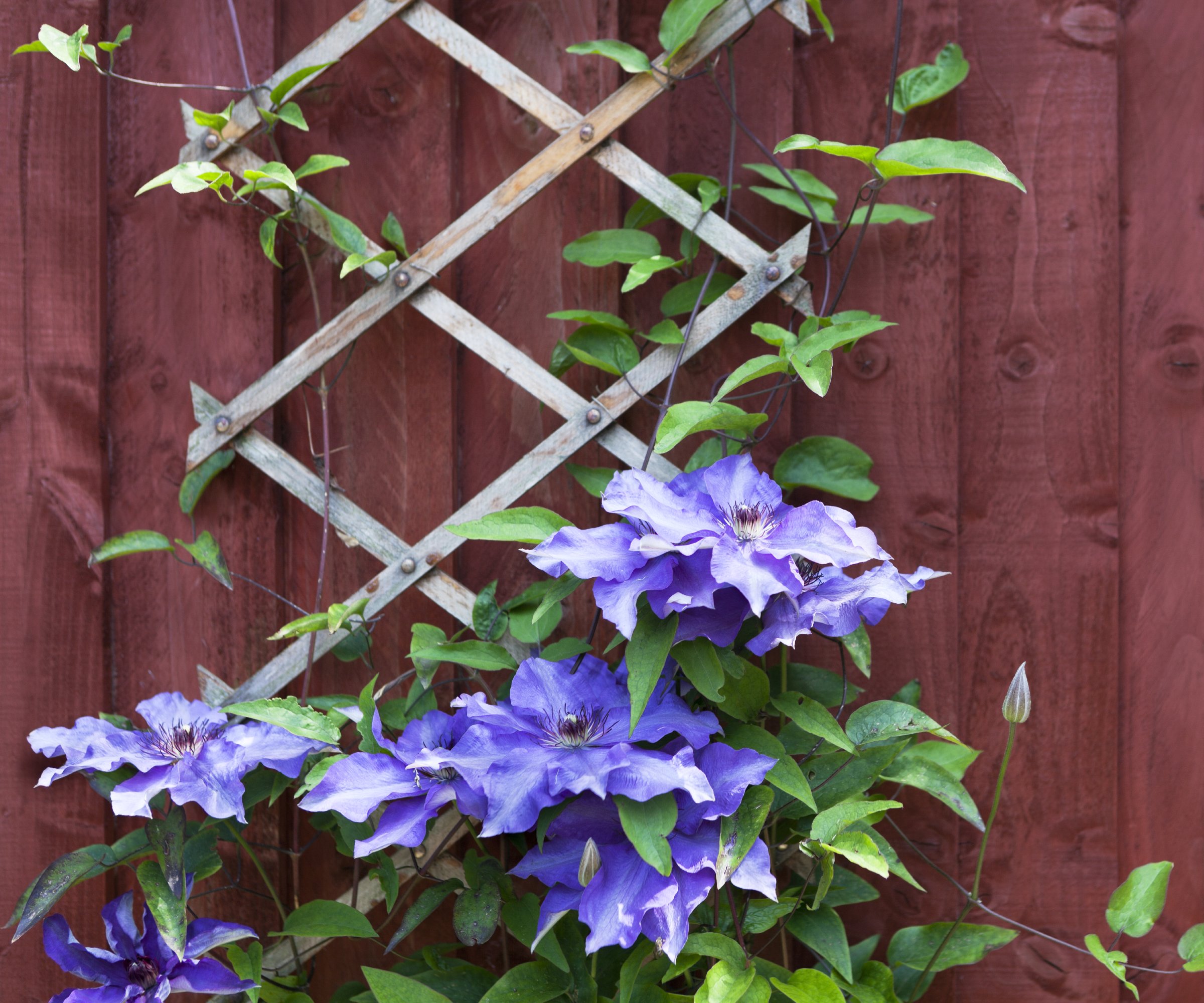
Since they're vines, clematis plants require some kind of support to guide their growth. The type of support system is usually dependent on the variety grown. For instance, poles are acceptable choices for smaller growing clematis vines, which can range anywhere from 2 to 5 feet (0.6-1.5 m) in height.
Arbors may be more suitable for growing larger types, which can get 8 to 12 feet (2-4 m). Most varieties of clematis, however, do quite well growing along a trellis or fence.
Pruning
The clematis pruning process can vary greatly from one type of plant to another. Arranged into groups, each clematis in the garden may require a different approach to pruning. Learning more about each variety will be paramount in making certain that growers are able to provide the appropriate care for their clematis vines.
- Group One - Group one consists of clematis that begin blooming in early spring. These vines will produce flower buds on old growth. Pruning of group one clematis should be done in summer, immediately after the plants have ceased blooming.
- Group Two - Many clematis within group two will flower on both new and old wood. It is generally best to prune these vines in late winter or very early spring. At this time, gardeners should remove any stems which have been damaged or have died back during the colder months.
- Group Three - Group three clematis will bloom on new growth. These vines can be pruned aggressively, and allow for gardeners to trim each stem back within several inches of the ground. Growers should expect these clematis to flower throughout summer, often continuing until the arrival of cooler temperatures.
Problems
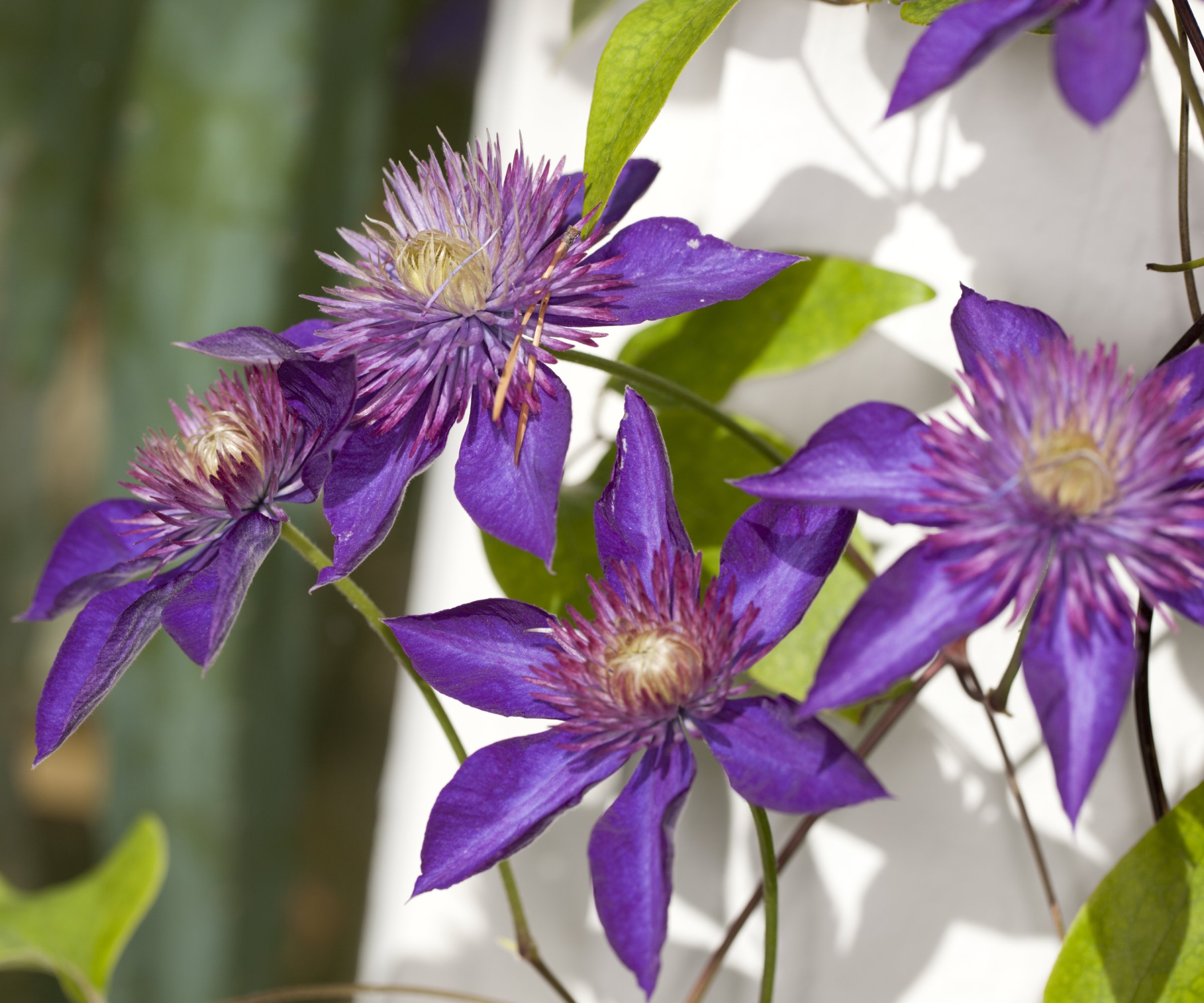
Clematis are prone to several types of foliar disease. Among the most troubling of these diseases is clematis wilt. Though observant gardeners may notice subtle changes in the appearance of plants, sudden blackening of foliage and stems, followed by collapse of diseased vines, is not uncommon. The prompt removal of infected plants will be key in the control and prevention of the disease.
Other problematic infections within the garden include various types of rot, leaf spot, and powdery mildew, especially in cases of poor air circulation. Fortunately, most of these issues can be controlled by gardeners and seldom lead to the loss of vines.
Pests like aphids and spider mites can be a problem as well.
Clematis Planting Info
Although many clematis vines are grown in containers, they can also be planted in the garden. They are usually planted in fall or early spring, depending on the region and variety.
Clematis plants need plenty of space for adequate air flow as well as a rich, well-draining planting area. You should dig the hole large enough to accommodate the plant, with most recommendations suggesting at least a 2 foot (61 cm.) depth of soil amended with compost prior to planting. It may also help to cut the plant back some before planting to lessen shock as it adapts to its new environment.
Tips for Clematis Care
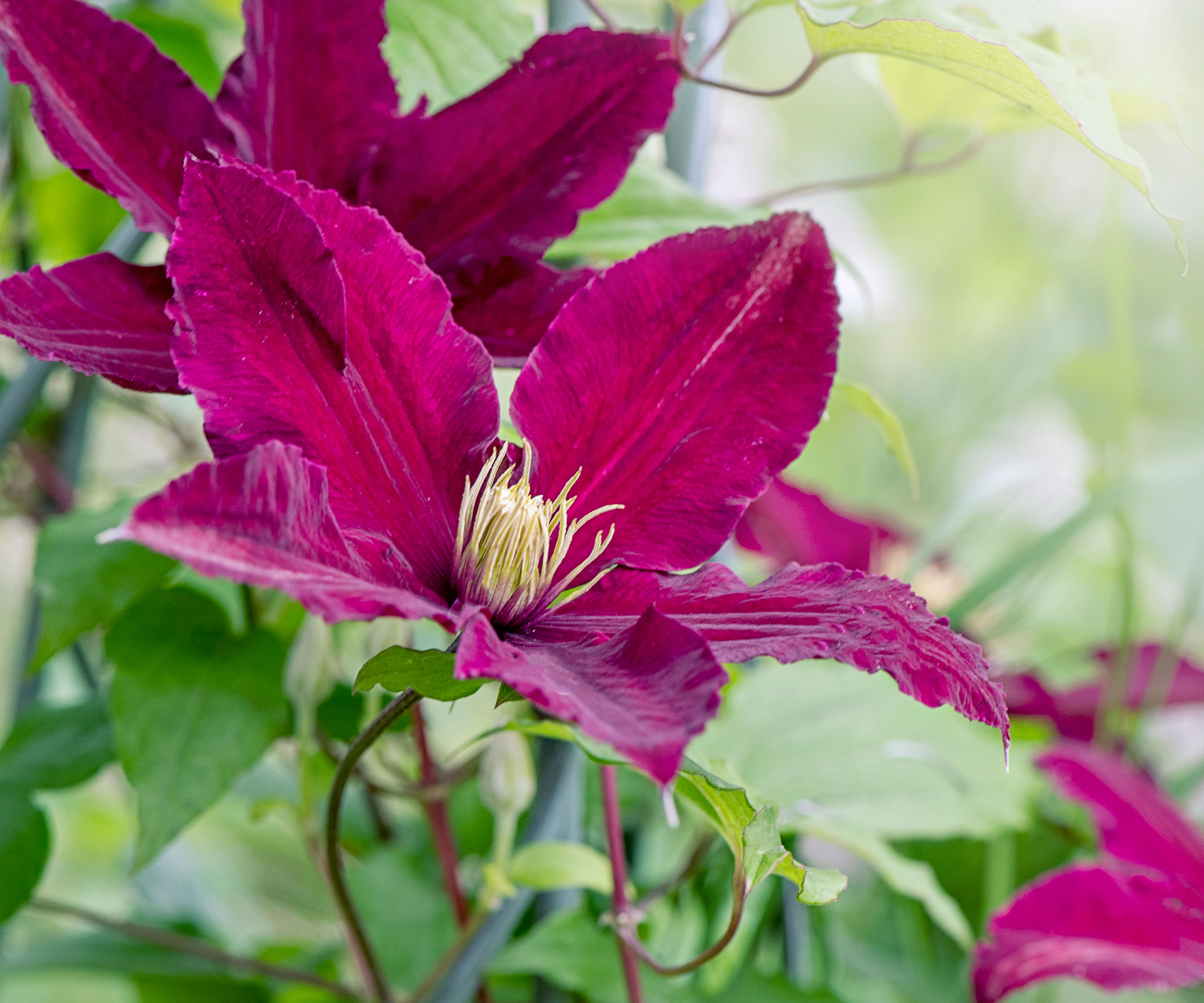
Once established, care of clematis vines is minimal with the exception of watering. They should be watered about an inch (2.5 cm) or so weekly, and more deeply during dry spells. Mulch should be replenished each spring.
Popular Clematis Varieties
- "Boulevard" Series Clematis
- "Duchess of Edinburgh" Clematis
- "Kilian Donahue" Clematis
- "Nelly Moser" Clematis

Nikki Tilley has been gardening for nearly three decades. The former Senior Editor and Archivist of Gardening Know How, Nikki has also authored six gardening books.
- Amy DraissDigital Community Manager
- Tonya BarnettWriter
-
 4 Superfast Composting Methods: Turn Waste Into Garden Gold In 30 Days Or Less
4 Superfast Composting Methods: Turn Waste Into Garden Gold In 30 Days Or LessTry the fastest composting methods to turbocharge your pile and transform kitchen scraps and garden waste into finished compost in just a few weeks.
By Mary Ellen Ellis
-
 Best Spider Plant Soil – Complete Soil Guide And Expert Tips For Keeping Plants Happy
Best Spider Plant Soil – Complete Soil Guide And Expert Tips For Keeping Plants HappySpider plants are fun and easy plants to grow, but what is the best soil for a spider plant? Selecting the right soil is important so they can thrive.
By Bonnie L. Grant
-
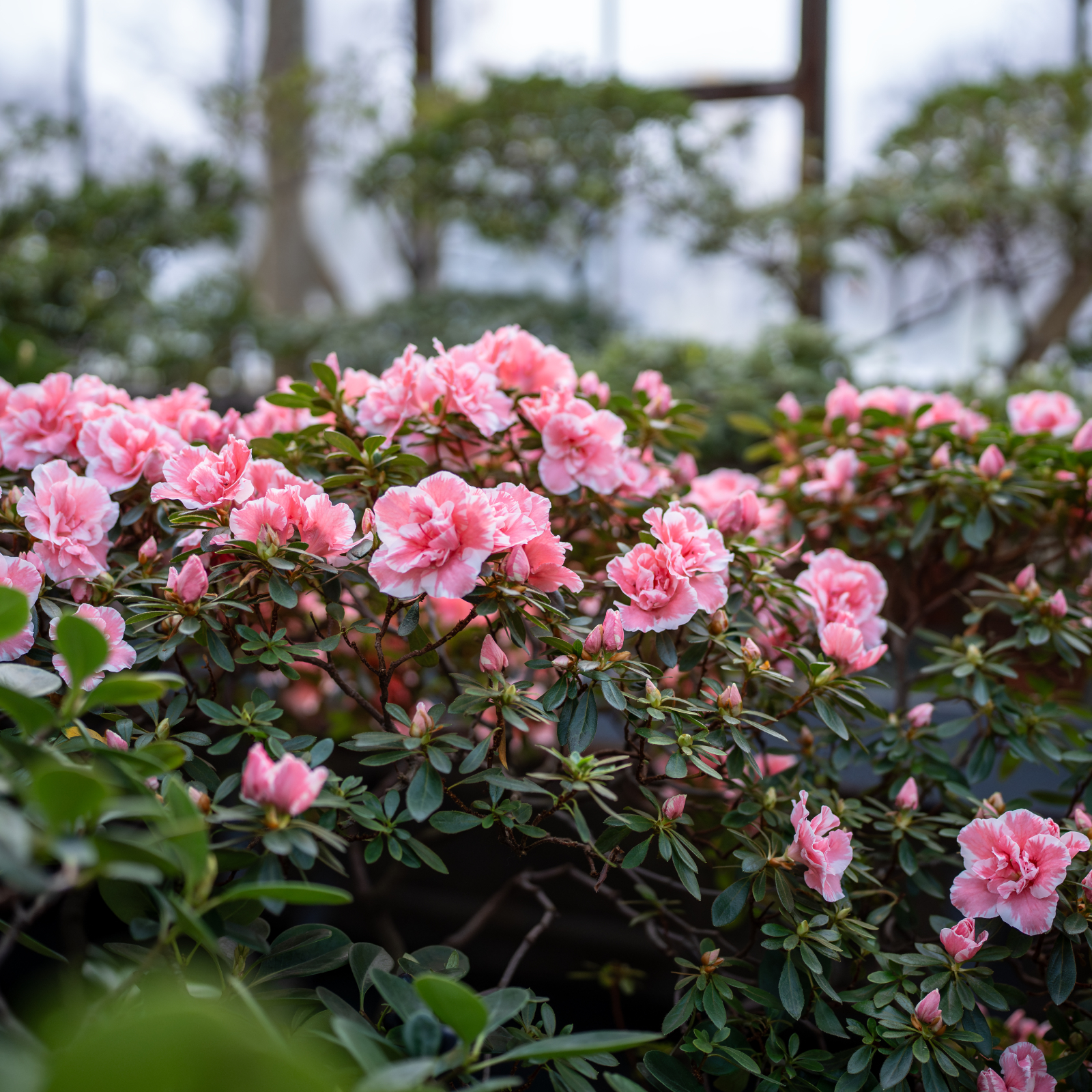 What Is The Size Of An Azalea? Explore Different Varieties That Will Suit Every Garden
What Is The Size Of An Azalea? Explore Different Varieties That Will Suit Every GardenThe size of azaleas can vary widely because they have been selectively bred for different landscape needs. Check out our picks for each size category.
By Mary Ellen Ellis
-
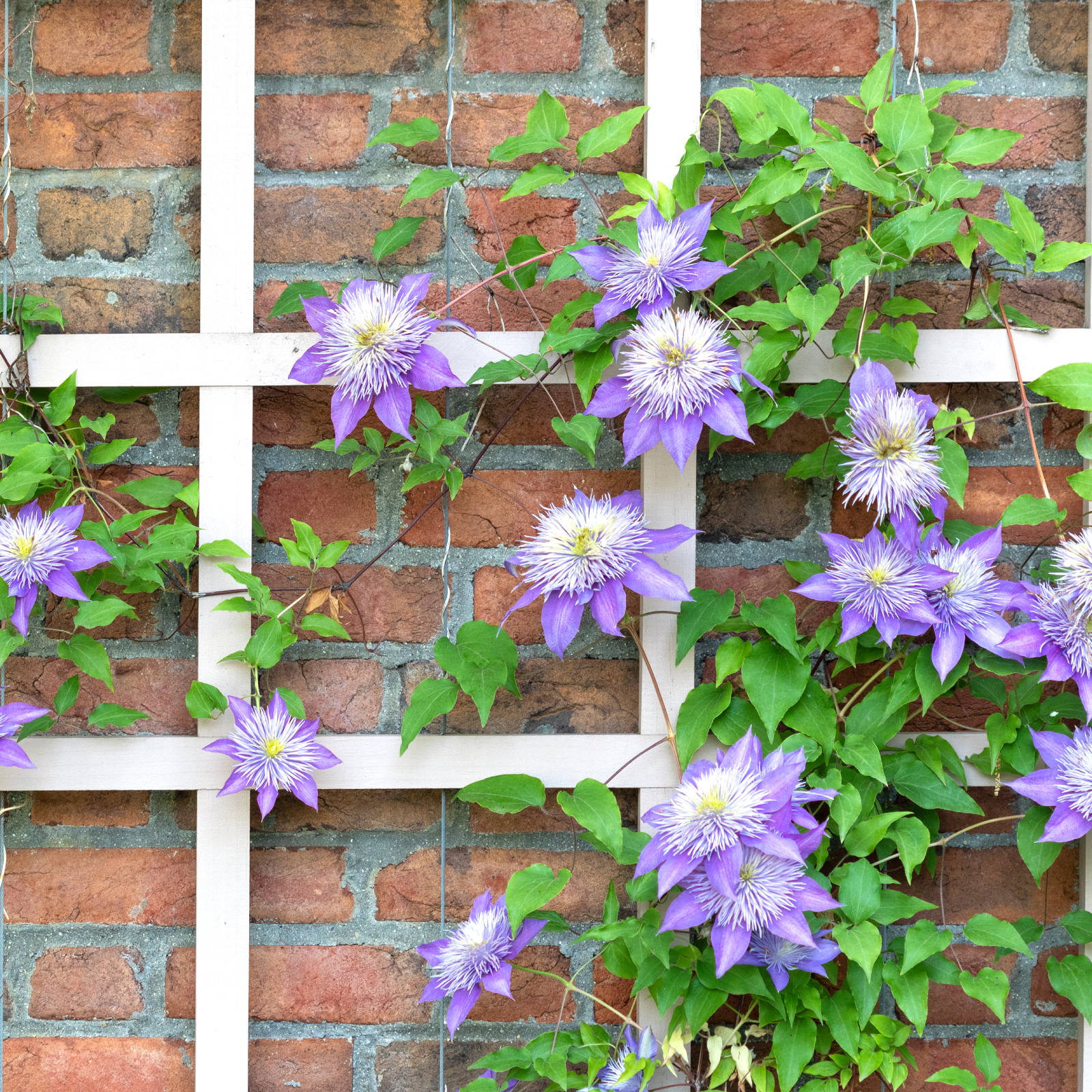 5 Fabulous Fast-Growing Vines – That Will Quickly Climb Any Arbor, Trellis, Or Fence
5 Fabulous Fast-Growing Vines – That Will Quickly Climb Any Arbor, Trellis, Or FenceThese fast growing vines are perfect for covering any eyesores in your yard or creating a living fence. They will provide great visual interest, as well.
By Amy Grant
-
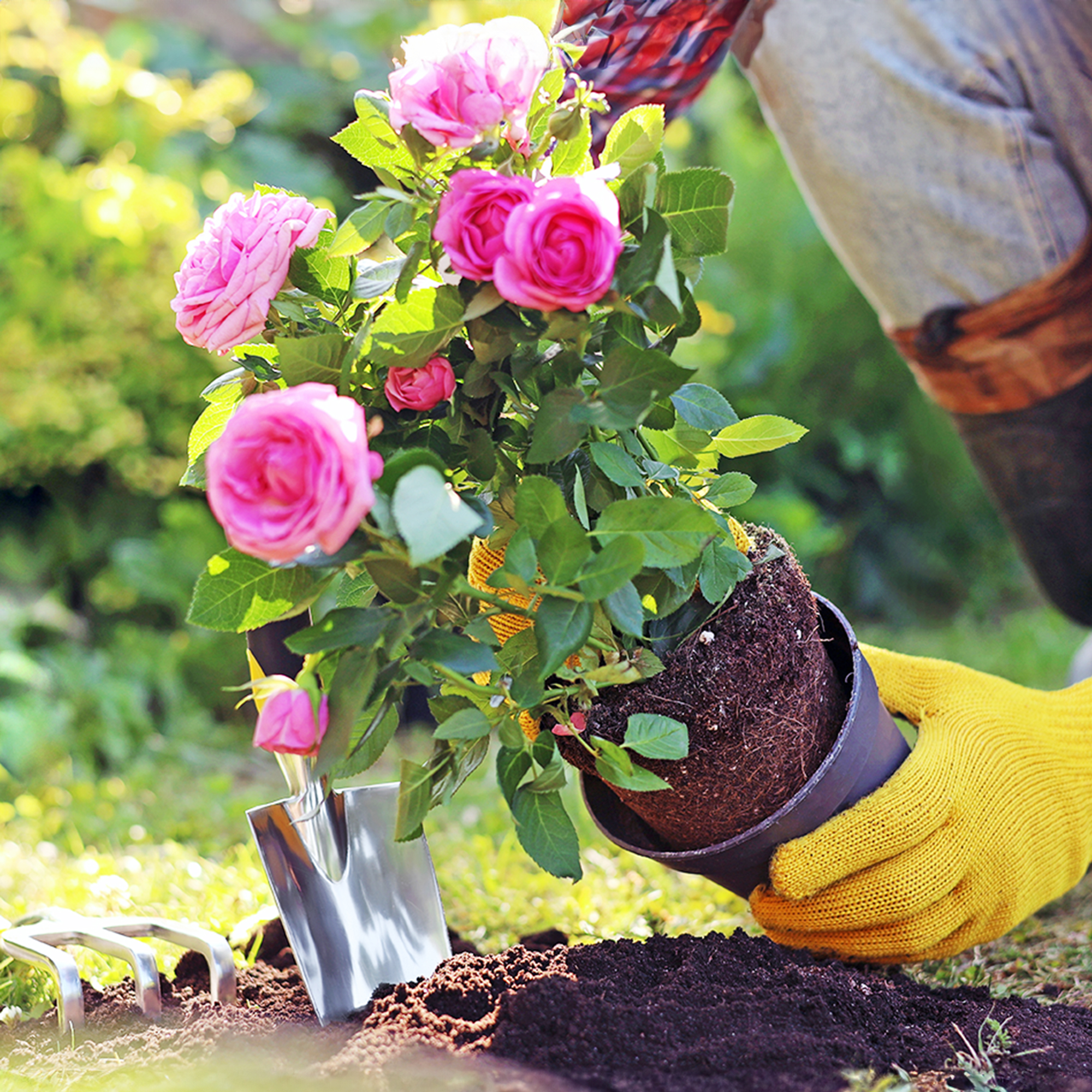 When To Plant Roses: The Best Time For Your Climate And Rose Type
When To Plant Roses: The Best Time For Your Climate And Rose TypePlant your roses at the right time and you will be rewarded with decades of glorious summer flowers – but get it wrong and you'll be crying over dead shrubs.
By Teo Spengler
-
 Spectacular Early Blooming Shrubs: 6 Sparkling Spring Flowering Bushes
Spectacular Early Blooming Shrubs: 6 Sparkling Spring Flowering BushesWant to kickstart your gardening year with dazzling spring flowering bushes for beds and borders? These unique early bloomers are sure to help you rise and shine!
By Teo Spengler
-
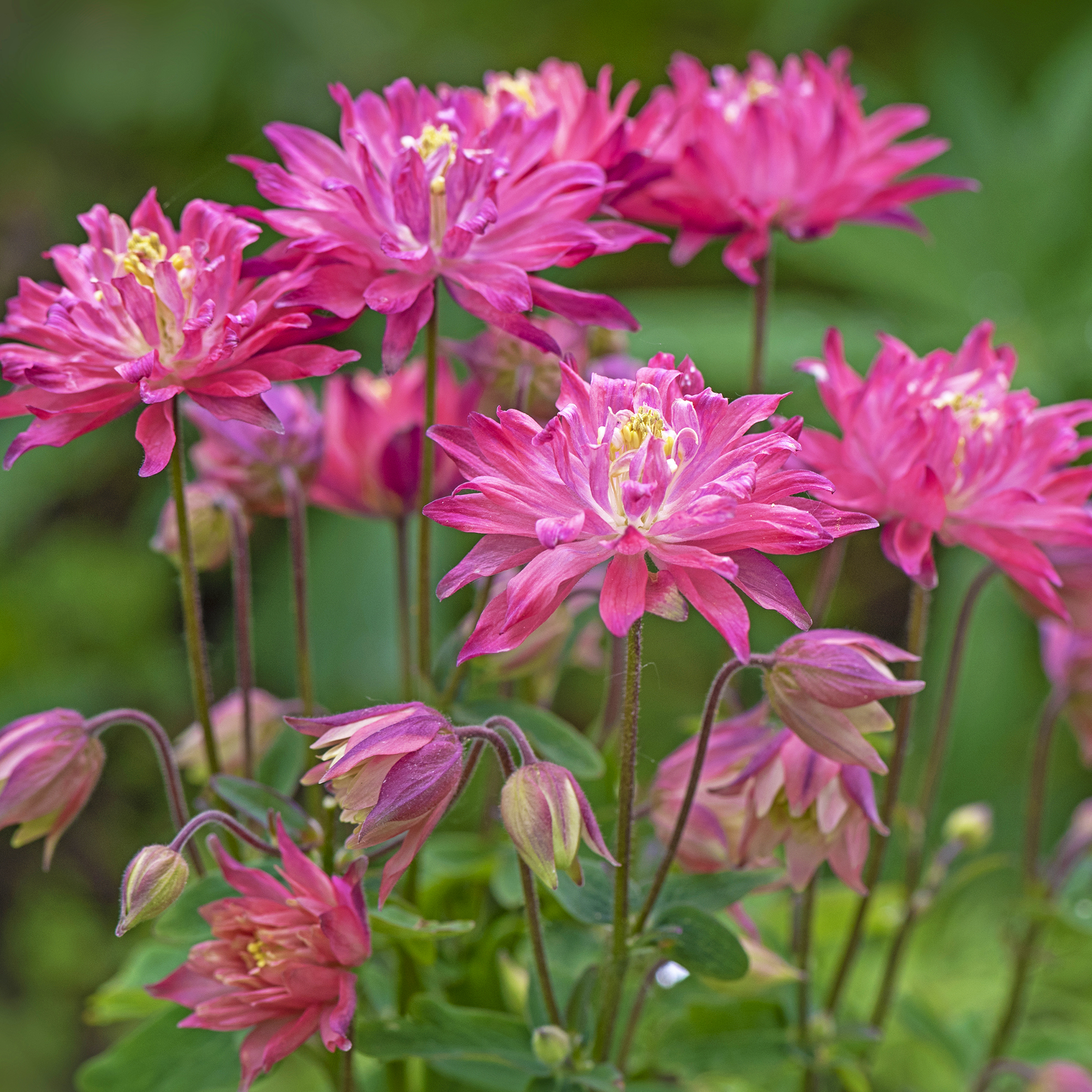 7 Shade-Loving Flowers To Start From Seed Now For A Stunning Summer Garden
7 Shade-Loving Flowers To Start From Seed Now For A Stunning Summer GardenTurn shady spots into vibrant new garden spaces with lovely and illuminating shade-loving flowers.
By Ellen Wells
-
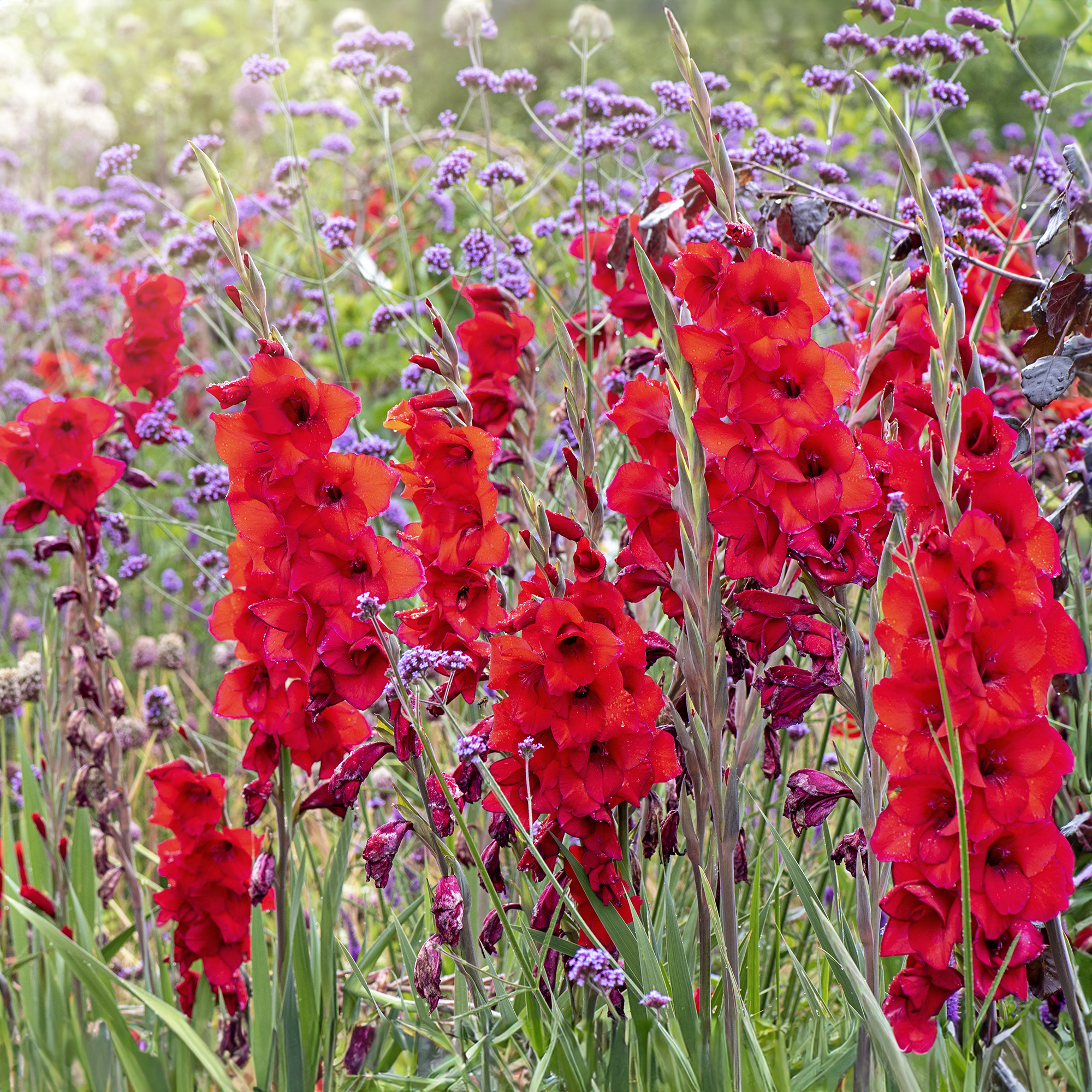 7 Summer-Blooming Bulbs To Plant In Early Spring: Don't Miss Months Of Glorious Flowers!
7 Summer-Blooming Bulbs To Plant In Early Spring: Don't Miss Months Of Glorious Flowers!Get a head start on stunning summer blooms with these easy-to-plant bulbs – act early and you will enjoy vibrant flowers that last for months on end.
By Mary Ellen Ellis
-
 Quick Fire Hydrangea – The Elegant, Easy-Care Shrub Every Gardener Needs In Their Landscape
Quick Fire Hydrangea – The Elegant, Easy-Care Shrub Every Gardener Needs In Their LandscapeIf you’re after an early flowering panicle hydrangea that offers plenty of floral variety, the Quick Fire hydrangea goes big on visual dynamics from early summer to fall
By Tonya Barnett
-
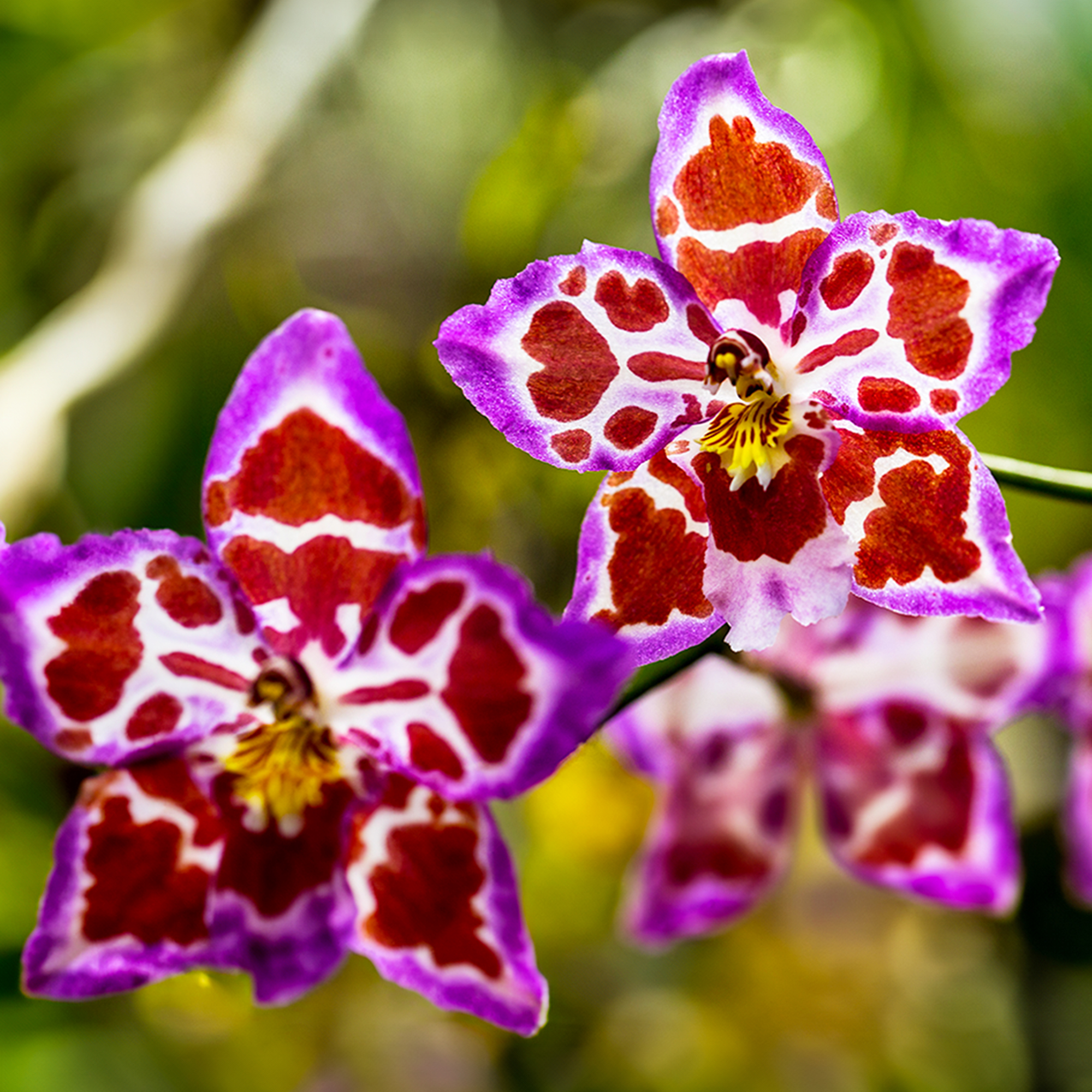 8 Rare Orchids That Make Stunning Houseplants – Some Are Surprisingly Easy To Grow
8 Rare Orchids That Make Stunning Houseplants – Some Are Surprisingly Easy To GrowDiscover unique orchids that will add exotic beauty to your home. Some make easygoing houseplants, while others offer a challenge for more seasoned growers.
By Melanie Griffiths